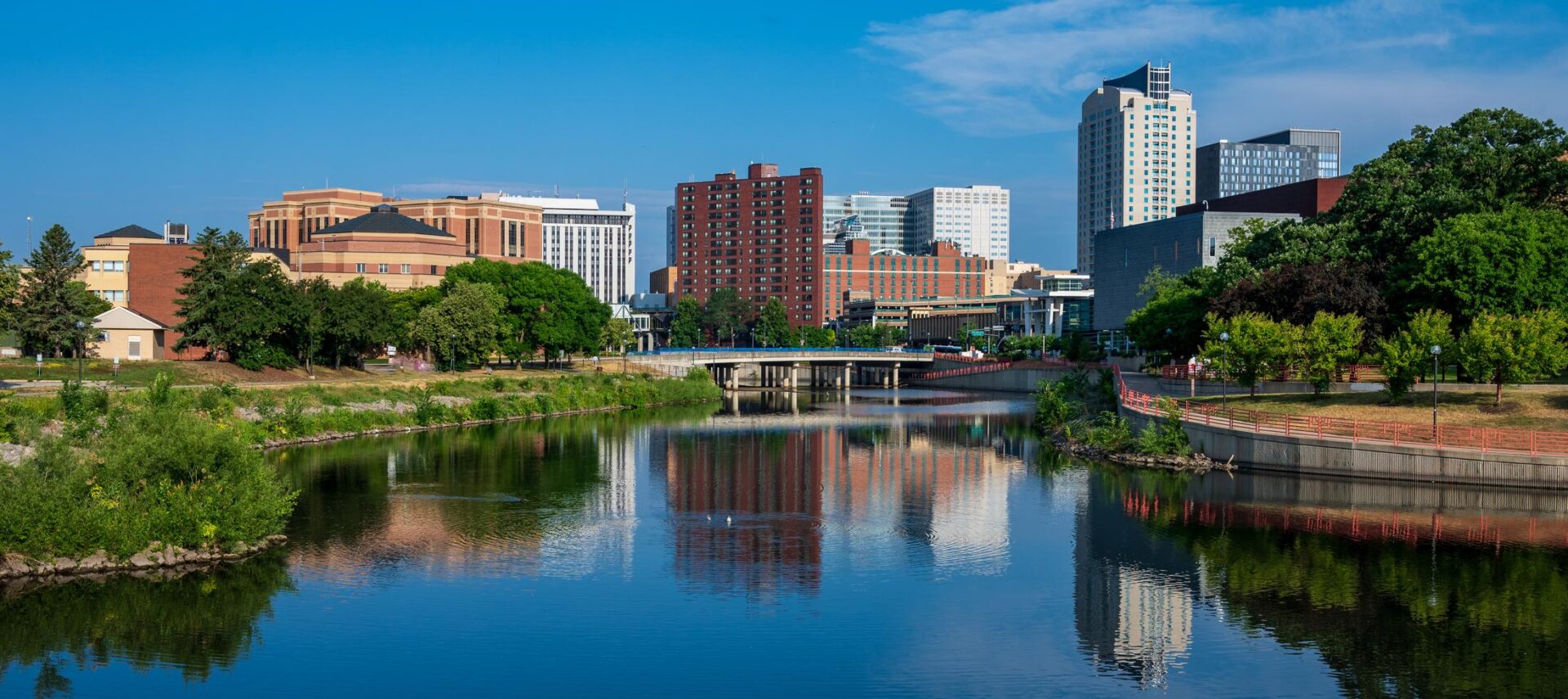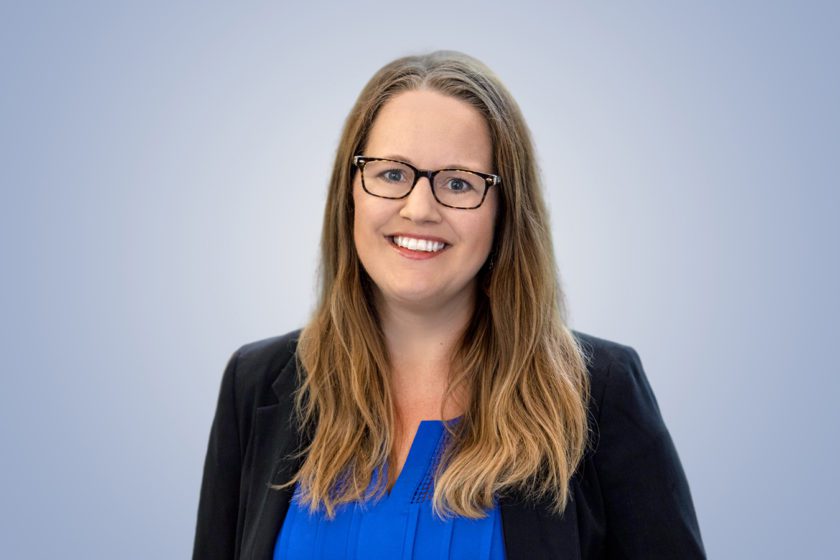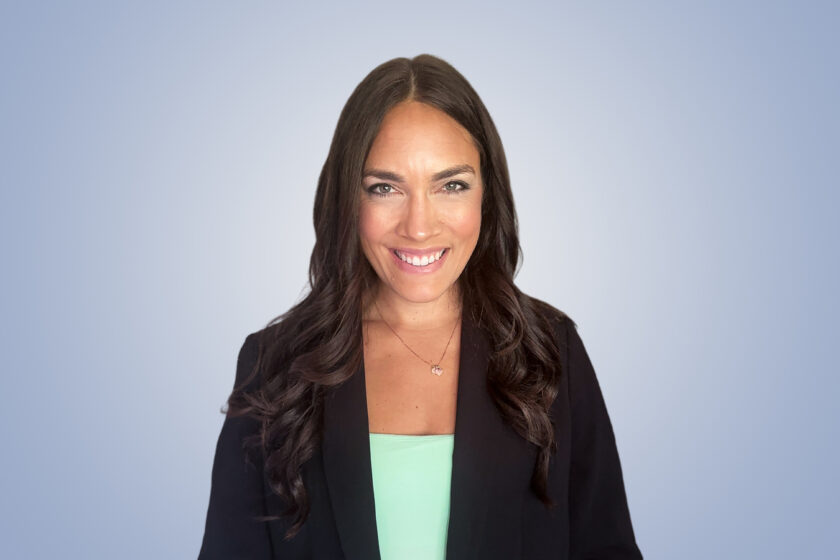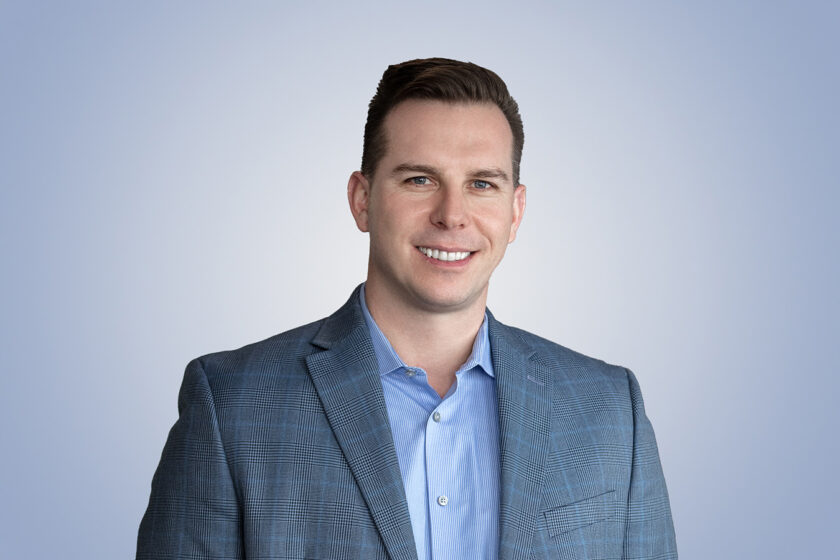News & Insights
Rochester, MN: Leading the Way in Urban Geothermal Energy
As Rochester, Minnesota moves forward with its renewable energy plans, it’s not just transforming its own energy landscape—it’s setting a model for other cities to follow.

Rochester, Minnesota is committed to innovation and community well-being. Now, through a determined effort by Rochester Public Utilities (RPU), the city is working toward a significant milestone: achieving 100% renewable energy by 2030. This ambitious goal is backed by strong support from local leaders, businesses, and residents. Central to this initiative is the deployment of a Thermal Energy Network (TEN), a district heating and cooling strategy poised to play a crucial role in Rochester’s sustainable future. Guiding the city through this transition is Salas O’Brien, a trusted advisor and consulting design engineer, helping to ensure that Rochester not only meets its renewable energy goals but does so in a way that is thoughtful and forward-looking.
The role of thermal energy networks in Rochester’s green transformation
At the heart of Rochester’s renewable energy plan is a thermal energy network. These networks utilize ambient pipe loops to connect buildings, allowing for efficient heating and cooling via heat pumps. A particularly innovative aspect of Rochester’s TEN is the incorporation of waste heat recovery from the city’s sewer system. Unlike traditional District Energy Systems, which are often centralized and reliant on fossil fuels, TENs are decentralized and low carbon. This means each building within the network is equipped with its own heat pump, making the system both flexible and scalable.
One of Salas O’Brien’s experts on decarbonization, Lindsey Olsen, worked on the initial planning phases of the project. “Thermal Energy Networks represent the future of urban energy solutions,” shares Olsen. “By decentralizing the energy system, we can reduce the overall project cost while still allowing the project to reduce reliance on fossil fuels. This type of system also enables buildings to share and exchange thermal energy. This approach results in optimal efficiency for Rochester.”
Making it real: the City Hall pilot project
The completion of Rochester’s pilot project at City Hall marks the full electrification of the building. City Hall now operates as a standalone system served by two Darcy wells.
Darcy wells, named after the French engineer Henry Darcy, are a type of closed-loop geothermal system. Salas O’Brien’s project manager, Megan Oelze, explains, “The Darcy wells at City Hall work by placing a heat exchanger deep underground. The water used in the building’s heat pumps is pumped down into these wells, where it exchanges heat with the surrounding earth before being cycled back into the system. This advance of the closed loop system has made it possible to generate significantly more thermal capacity on a much smaller footprint than traditional geothermal systems, which can require extensive land for boreholes. This technological innovation has been crucial in making the TEN a viable solution for Rochester, allowing the city to maximize the use of its natural resources without compromising on space or efficiency.
“The ability to generate such high thermal capacity with a smaller footprint is a game-changer,” says Oelze. “It means that we can implement these systems in urban environments where space is at a premium, and still achieve the same, if not better, energy outcomes.”
Expanding the network: a future-forward approach
Building on the success of the City Hall project, Rochester plans to expand the TEN to include four additional public buildings and up to six private multifamily buildings. Among the next to join this renewable energy grid are the Mayo Civic Center and the Rochester Public Library. Each phase of the expansion is being carefully designed and implemented with the big picture in mind—ensuring that every decision aligns with the city’s overarching goal of 100% renewable energy by 2030.
Salas O’Brien has been working closely with the city to create energy models that ensure cost parity for building owners, making the transition to renewable energy not only environmentally responsible but also economically feasible. “TENs come with a high initial cost,” says Oelze, “but once the infrastructure is in place, the long-term utility savings are substantial. Our energy models are designed to help the city and building owners understand and achieve this balance.”
Overcoming challenges: building a sustainable future
“For a mid-size city, transitioning to a fully renewable energy system is not without its challenges,” shares Mark Skrukrud, PE, Salas O’Brien’s Technical Leader and Project Planner for the Rochester TEN. “While heat pump technology is well-established, there’s a learning curve associated with operating a thermal energy network.”
Salas O’Brien has worked with the city to carefully analyze the return on investment (ROI) for each building conversion, ensuring that the financial benefits are clear and compelling. Although there is an upfront cost for the construction, the new system will be more efficient, saving the city money on commodity purchases. These types of systems lower maintenance costs because typically they replace old systems that are near end-of-life.
The catalyst for change: the decommissioning of the steam line
One of the key drivers behind Rochester’s accelerated move towards renewable energy was the decommissioning of a decades-old steam line in 2021. This steam line, which had served 710,000 square feet of buildings from a waste-to-energy facility, was reaching the end of its life, and the costs associated with replacing it were prohibitively high. At the same time, Rochester Public Utilities had already committed to a renewable future, and the loss of steam energy became a catalyst to advance the city’s timeline for electrification and greenhouse gas reduction.
“The decision to decommission the steam line was pivotal,” says Olsen. “It forced the city to confront the realities of its energy future and to make a bold commitment to renewable energy. Salas O’Brien was there to help guide that decision-making process, ensuring that the city’s new energy infrastructure would be efficient, resilient, and carbon-free.”
A model for the future
As Rochester moves forward with its renewable energy plans, it’s not just transforming its own energy landscape—it’s setting a model for other cities to follow. The combination of ambitious goals, innovative technology, and expert guidance from firms like Salas O’Brien is making Rochester a leader in the fight against climate change.
“Rochester’s commitment to renewable energy is more than just a local initiative—it’s a blueprint for cities everywhere. By taking proactive steps now, Rochester is securing a sustainable future for its residents and setting an example for others to follow,” says Olsen.
Through its forward-thinking approach and collaboration with trusted advisors like Salas O’Brien, Rochester is proving that the future of urban energy is not just possible—it’s happening now. The city’s journey to 100% renewable energy by 2030 is well underway, and it’s a story of innovation, resilience, and unwavering commitment to a greener tomorrow.
For media inquiries on this article, reach out to Stacy Lake, Director of Corporate Communications

Lindsey Olsen, PE, PMP
Lindsey Olsen is deeply experienced in campus sustainability and engineering projects. She specializes in helping campuses transition to newer generation, more sustainable technologies, and is skilled in decarbonization and program management. Lindsey holds a Master of Science in Mechanical Engineering from the University of Minnesota and a Bachelor’s Degree in Environmental Studies and Physics from Hamline University. Lindsey serves as an Associate Vice President at Salas O’Brien. Contact her at [email protected].

Megan Oelze
Megan Oelze specializes in guiding clients through energy transitions, with a particular focus on geothermal technology. A graduate of the University of Minnesota with a degree in Mechanical Engineering, Megan combines technical expertise with a passion for sustainable energy solutions to deliver successful outcomes for her clients. Megan serves as a Project Manager at Salas O’Brien. Contact her at [email protected]

Mark Skrukrud, PE
Mark Skrukrud has extensive experience in the design of mechanical systems including variable-air-volume, packaged RTU, chiller, custom air handler, dedicated laboratory exhaust, steam and hydronic piping systems. His project experience also includes estimating, scheduling and construction administration. Mark serves as a Vice President at Salas O’Brien. Contact him at [email protected].